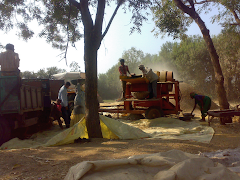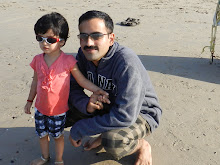Seven Techniques for Gathering Requirements
1. One-on-one interviews
The most common technique for gathering requirements is to sit down with the clients and ask them what they need.
The most common technique for gathering requirements is to sit down with the clients and ask them what they need.
2. Group interviews
These are similar to the one-on-one interview except that there is more than one person being interviewed. Group interviews require more preparation and more formality to get the information you want from all the participants.
These are similar to the one-on-one interview except that there is more than one person being interviewed. Group interviews require more preparation and more formality to get the information you want from all the participants.
3. Facilitated sessions
In a facilitated session, you bring a larger group together for a common purpose. In this case, you are trying to gather a set of common requirements from the group in a faster manner than if you were to interview each of them separately.
In a facilitated session, you bring a larger group together for a common purpose. In this case, you are trying to gather a set of common requirements from the group in a faster manner than if you were to interview each of them separately.
4. JAD sessions
Joint Application Development (JAD) sessions are similar to general facilitated sessions. However, the group typically stays in the session until a complete set of requirements is documented and agree to.
Joint Application Development (JAD) sessions are similar to general facilitated sessions. However, the group typically stays in the session until a complete set of requirements is documented and agree to.
5. Questionnaires
These are good tools to gather requirements from stakeholders in remote locations or those that will have only minor input into the overall requirements. It can also be the only practical way to gather requirements from dozens, hundreds or thousands of people.
These are good tools to gather requirements from stakeholders in remote locations or those that will have only minor input into the overall requirements. It can also be the only practical way to gather requirements from dozens, hundreds or thousands of people.
6. Prototyping
Prototyping is a way to build an initial version of the solution – a prototype. You show this to the client, who then gives you additional requirements.
Prototyping is a way to build an initial version of the solution – a prototype. You show this to the client, who then gives you additional requirements.
7. Following people around
This is especially helpful when gathering information on current processes. You may need to watch people perform their job before you can understand the entire picture. In some cases, you might also like to participate in the actual work process to get a hands-on feel for how the business function works today.
This is especially helpful when gathering information on current processes. You may need to watch people perform their job before you can understand the entire picture. In some cases, you might also like to participate in the actual work process to get a hands-on feel for how the business function works today.



No comments:
Post a Comment